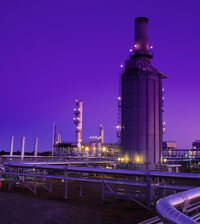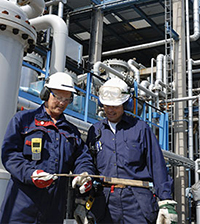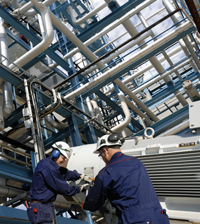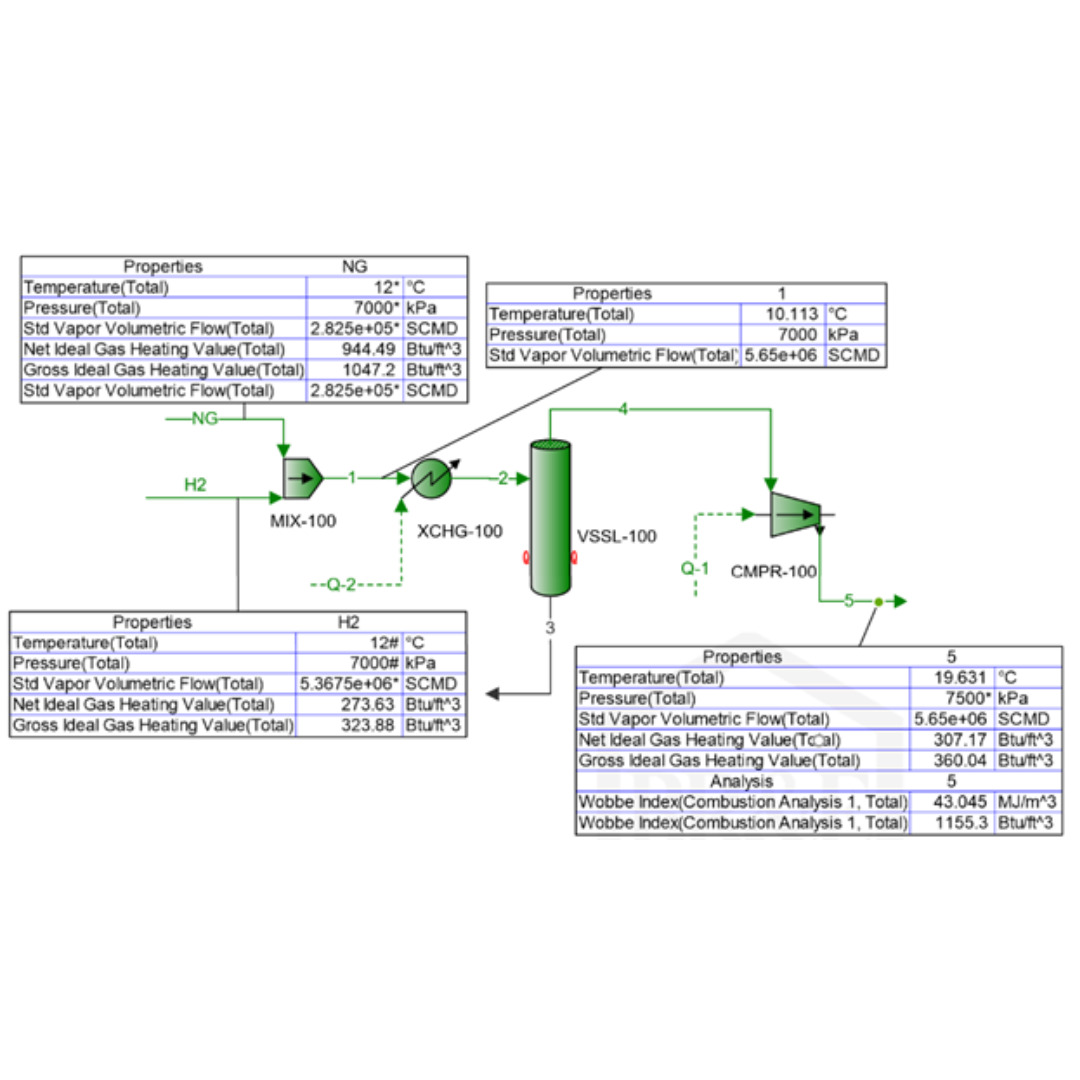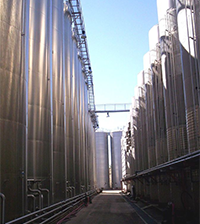
In the post-World war II period, the steels used in the oil and gas industry were quite different from what we use today. This tip of the month (TOTM) presents a brief overview of improvements in the steels used in oil and gas processing equipment for safer and more reliable operations. [Keep reading]






